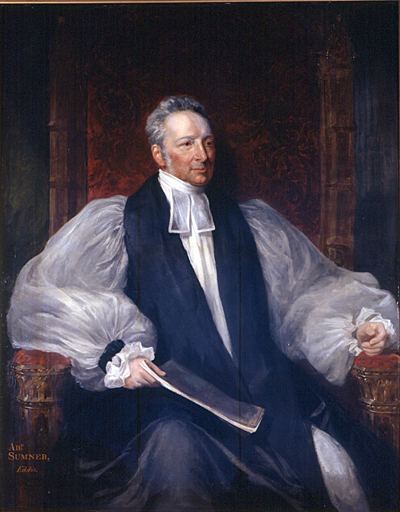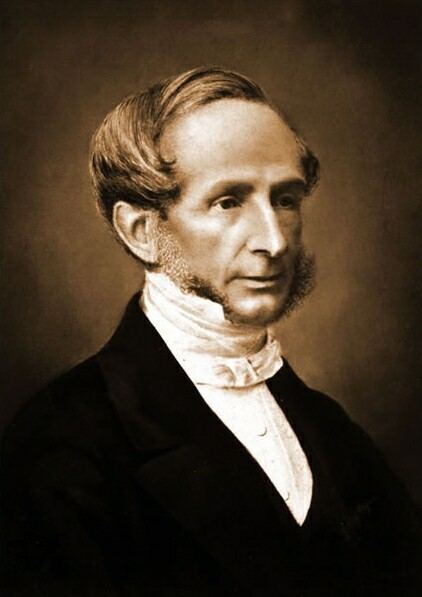Installed 1848 Term ended 6 September 1862 | Name John Sumner | |
 | ||
Died September 6, 1862, Addington, United Kingdom Books A Treatise On The Records Of The Creation, And On The Moral Attributes Of The Creator; With Particluar Reference To The Jewish History, And To The Consistency Of The Principle Of Population With The Wisdom And Goodness Of The Deity - Education | ||
Place of burial Addington, United Kingdom | ||
John Bird Sumner (25 February 1780 – 6 September 1862) was a bishop in the Church of England and Archbishop of Canterbury.
Contents

Life
John Bird Sumner was a brother of Charles Richard Sumner, bishop of Winchester. Their father was Robert Sumner and their mother was Hannah Bird, a first cousin of William Wilberforce. Sumner was born in Kenilworth, Warwickshire. He was educated at Eton College and King's College, Cambridge.
In 1802, Sumner became a master at Eton College, where he was nicknamed "Crumpety Sumner" by the boys, and was ordained the following year. He was elected a fellow of Eton in 1817 and in 1818 the school presented him to the living of Maple Durham, Oxfordshire. After being a prebendary of the Durham diocese for some years, he was consecrated to the episcopate as the Bishop of Chester in 1828. During his episcopacy many churches and schools were built in the diocese. In 1848 he was elevated to Archbishop of Canterbury (with an annual income of £15,000) and in this capacity he dealt impartially with the different church parties until his death.
Sumner's numerous writings were much esteemed, especially by the Evangelical party to which he belonged. His best known writings are his Treatise on the Records of Creation and the Moral Attributes of the Creator (London, 1816) and The Evidence of Christianity derived from its Nature and Reception (London, 1821).
In the well-known Gorham Case, Sumner came into conflict with Henry Phillpotts, Bishop of Exeter (1778–1869), who accused him of supporting heresy and refused to communicate with him. He supported the Divorce Bill in parliament but opposed the Deceased Wife's Sister Bill and the bill for removing Jewish disabilities.
Sumner was president of the Canterbury Association which founded Christchurch, New Zealand. In 1848 he was elected a Fellow of the Royal Society.
Sumner died in 1862 in Addington and is buried in Addington churchyard.
Family
Sumner married Marianne Robertson (1779-1829) on 31 March 1803 in Bath. She was the daughter of George Robertson (1742-1791), a captain in the Royal Navy, and Ann Lewis (1748-1802). His wife's maternal grandparents were Francis Lewis (1713-1803), a New York signer of the Declaration of Independence, and Elizabeth Anessley (1715-1779).
John and Marianne Sumner had seven children:
Sumner later planned to marry Ella Sophia Raffles (b. 27 May 1821, Bencoolen - d. 5 May 1840, England), the fourth child of Sir Stamford Raffles but she died on the eve of their wedding.
